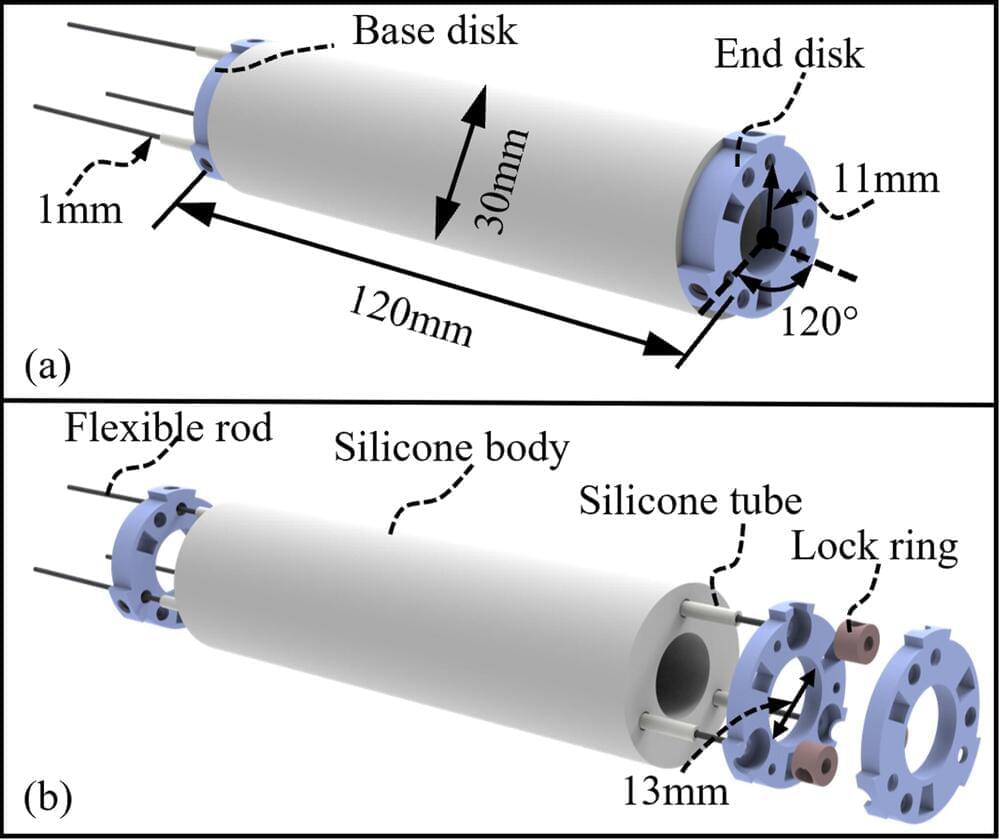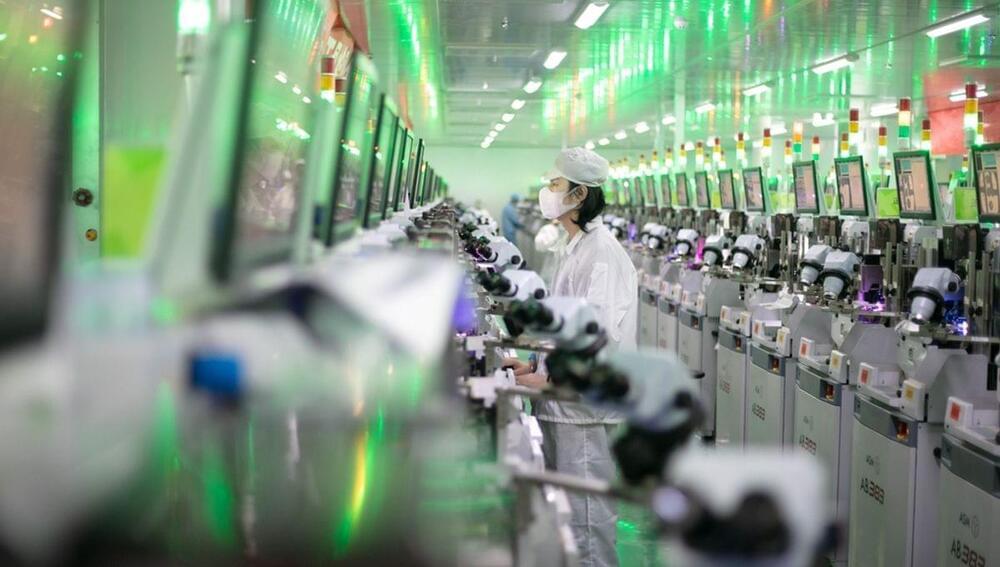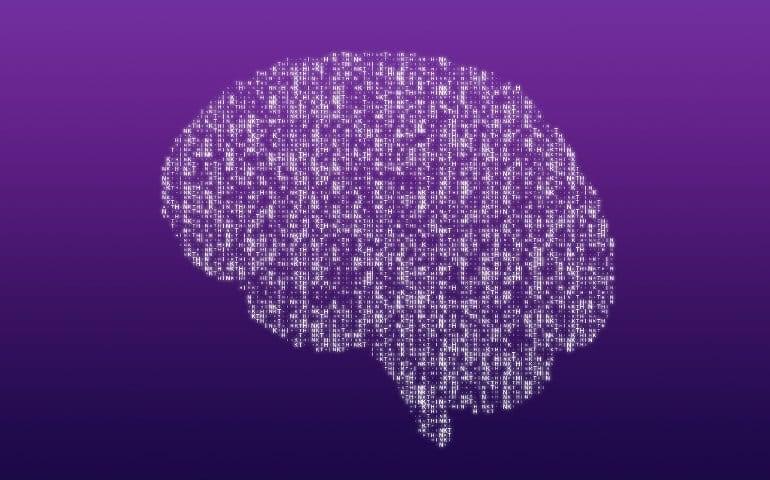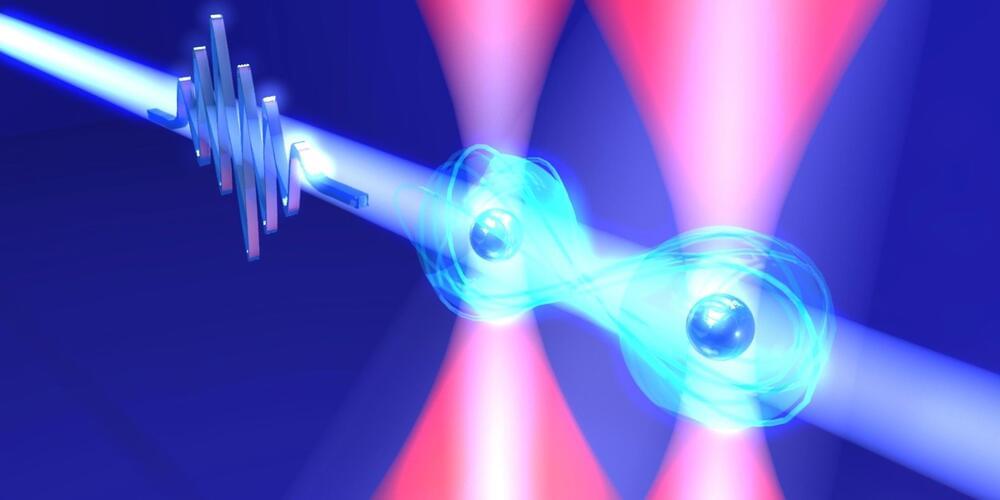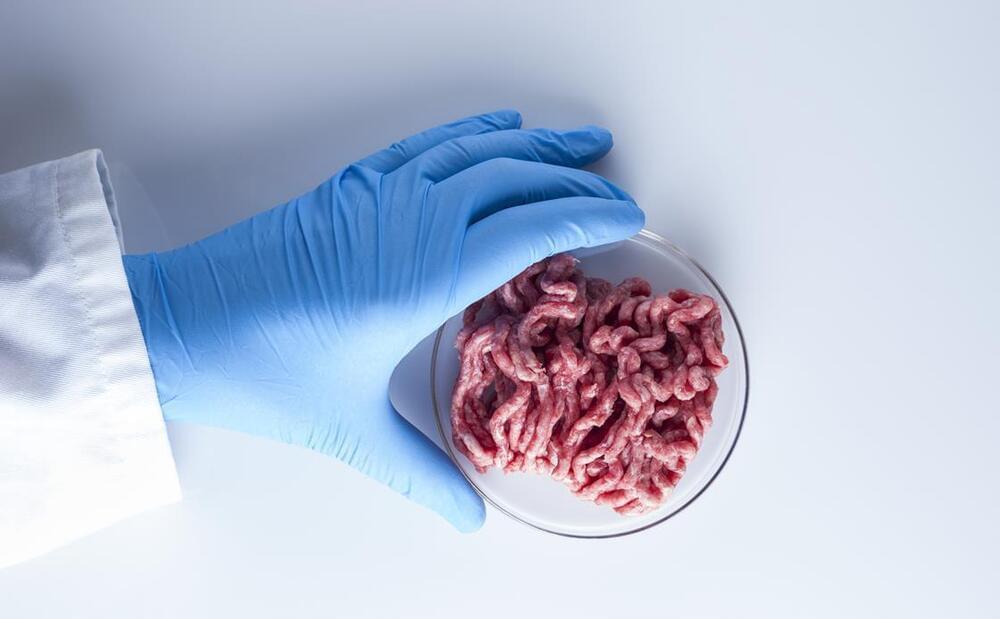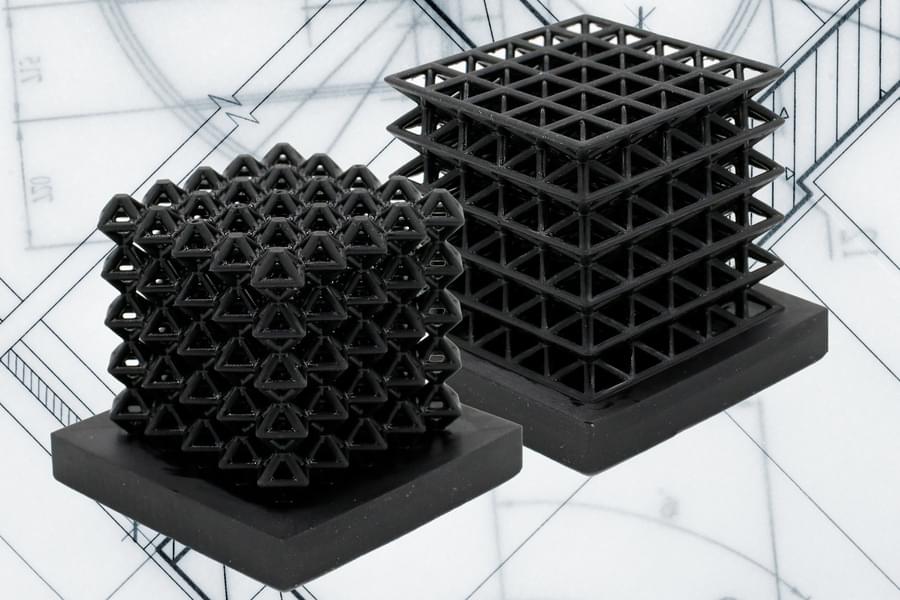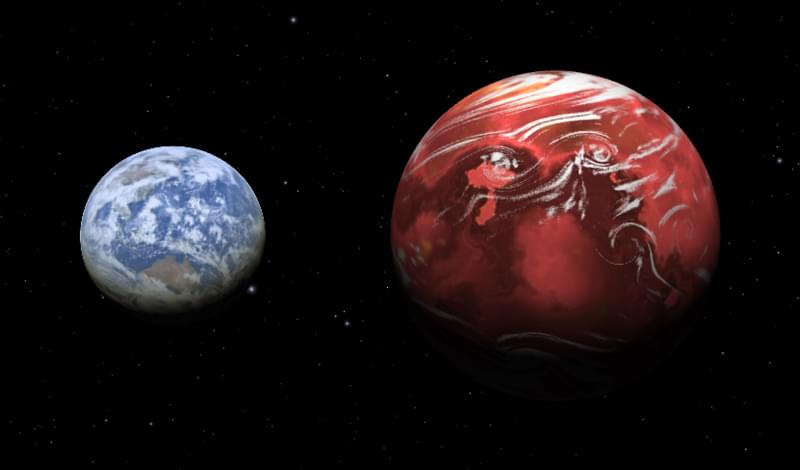Aug 11, 2022
A flexible, rod-driven soft robot for biomedical applications
Posted by Jose Ruben Rodriguez Fuentes in categories: biotech/medical, robotics/AI
Soft robots that can complete tasks with high efficiency, accuracy and precision could have numerous valuable applications. For instance, they could be introduced in medical settings, helping doctors to carry out complex surgical procedures or assisting elderly and vulnerable patients during rehabilitation.
Soft robots are more flexible and can deform more. This can result in an increased dexterity (i.e., better manual skills when completing tasks), as well as in a reduction of payload (i.e., the robot capacity to carry a load), because they can produce smaller forces than rigid robotic systems.
Researchers at National University of Singapore and Beijing Jiaotong University have recently developed a new rod-driven soft robot (RDSR) that operates through push and pull movements. This robot, presented in a paper published in the IEEE Robotics and Automation Letters, combines the mechanisms of two robotic system previously created by members of the research group.
